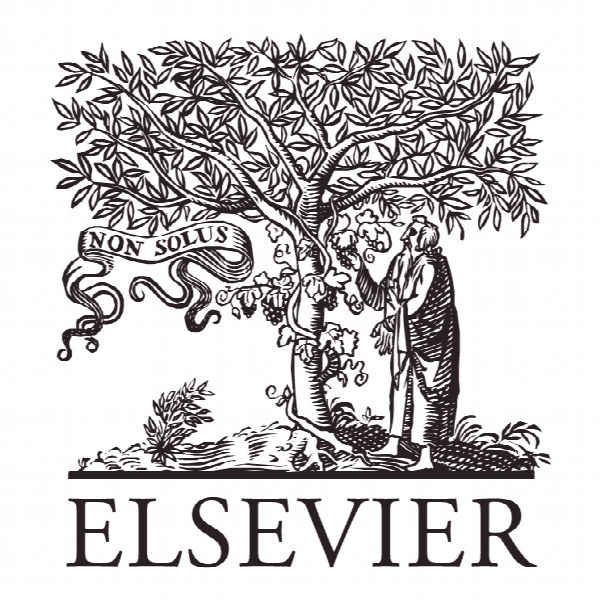فنوتیپی قضایی DNA: ارزیابی تاثیرات حریم خصوصی Forensic DNA phenotyping: Developing a model privacy impact assessment
- نوع فایل : کتاب
- زبان : انگلیسی
- ناشر : Elsevier
- چاپ و سال / کشور: 2018
توضیحات
رشته های مرتبط مهندسی کامپیوتر و فناوری اطلاعات
گرایش های مرتبط امنیت اطلاعات، شبکه های کامپیوتری
مجله علوم قانونی بین المللی: ژنتیک – Forensic Science International: Genetics
دانشگاه University of Canberra – Australia
منتشر شده در نشریه الزویر
کلمات کلیدی انگلیسی forensic, DNA phenotyping, biogeographical ancestry, externally visible characteristics, privacy, privacy impact assessment
گرایش های مرتبط امنیت اطلاعات، شبکه های کامپیوتری
مجله علوم قانونی بین المللی: ژنتیک – Forensic Science International: Genetics
دانشگاه University of Canberra – Australia
منتشر شده در نشریه الزویر
کلمات کلیدی انگلیسی forensic, DNA phenotyping, biogeographical ancestry, externally visible characteristics, privacy, privacy impact assessment
Description
1. The privacy challenges of genetic information With the advent of massively parallel sequencing (MPS), forensic laboratories can undertake more cost-effective analysis of informative parts of the human genome.[1] This is a major shift from current forensic DNA practice, which is focused on repetitive elements of DNA sufficient to estimate probabilities that different DNA samples have the same origin. In the context of forensic science, these capabilities would allow analysis of genetic material deposited by an individual at a crime scene and for probabilistic predictions to be made to inform law enforcement about possible attributes of the donor. This capability, referred to as forensic DNA phenotyping, is currently targeted at predicting biogeographical ancestry (BGA) and externally visible characteristics (EVCs), such as hair and eye colour [2,3]. Forensic DNA phenotyping could also soon be used to predict other donor traits, including male pattern baldness, biological age and fingerprints [4-6]. It could even be used to predict predisposition to certain diseases, for which they may be seeking medical treatment, or behavioural traits [7]. There are strong public policy grounds for using forensic science to assist law enforcement agencies to apprehend offenders. However, in addition to ensuring that new technology is scientifically sound, peer reviewed and quantifiable in terms of its error rate [8,9], the public interest must also be balanced against detriment to personal privacy. Genetic privacy is an important ethical issue, andaw enforcement agencies must also establish and maintain public confidence and trust in capabilities likely to intrude on the privacy rights of individuals or groups, or risk public criticism [10,11]. Historically, forensic DNA profiling has exploited medical testing capabilities, with the associated public policy discussions touching on medico-ethical issues of bodily integrity and privacy [12,13]. With forensic DNA phenotyping, it is necessary to further contextualise the operational capability within a more widely, ethically-informed privacy framework. In broad terms, any exploitation of the human genome – particularly without the informed consent of the donor – presents a number of inherent risks.


